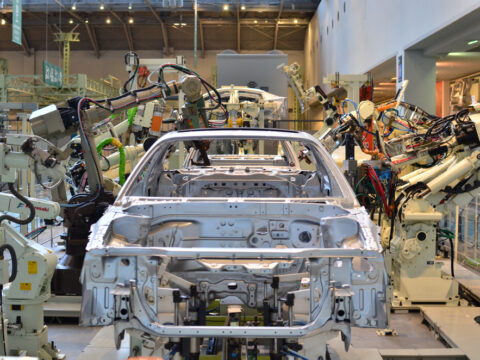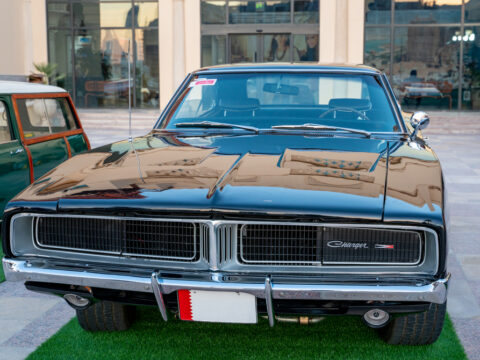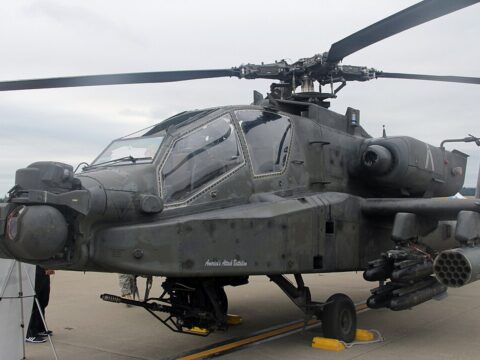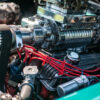In the world of automobiles, just as in music, there are the chart-toppers — cars that roar onto the scene with gusto, capturing imaginations and sales in equal measure. But not all of them have the staying power to remain at the top. Some dazzle brilliantly for a fleeting moment before fading into the annals of history. This article delves into these fascinating tales of automotive marvels that, for one reason or another, couldn’t maintain their initial rush of success.
Contents
Peugeot 1007

Debuted in 2004, this compact car had electric sliding doors, which were unusual for its segment. However, its high price, lackluster performance, and reliability issues quickly turned customers away.
Chrysler Airflow
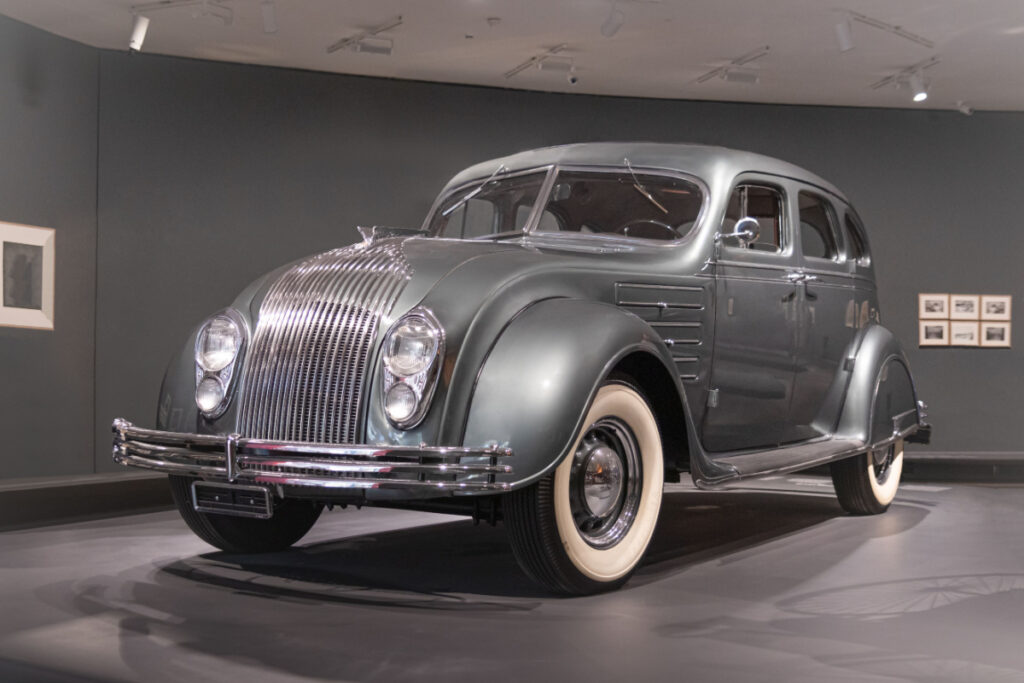
In the 1930s, the Airflow was revolutionary with its aerodynamic design. However, production issues led to quality problems, and its unconventional appearance wasn’t embraced by the public, leading to disappointing sales.
Daihatsu Charade
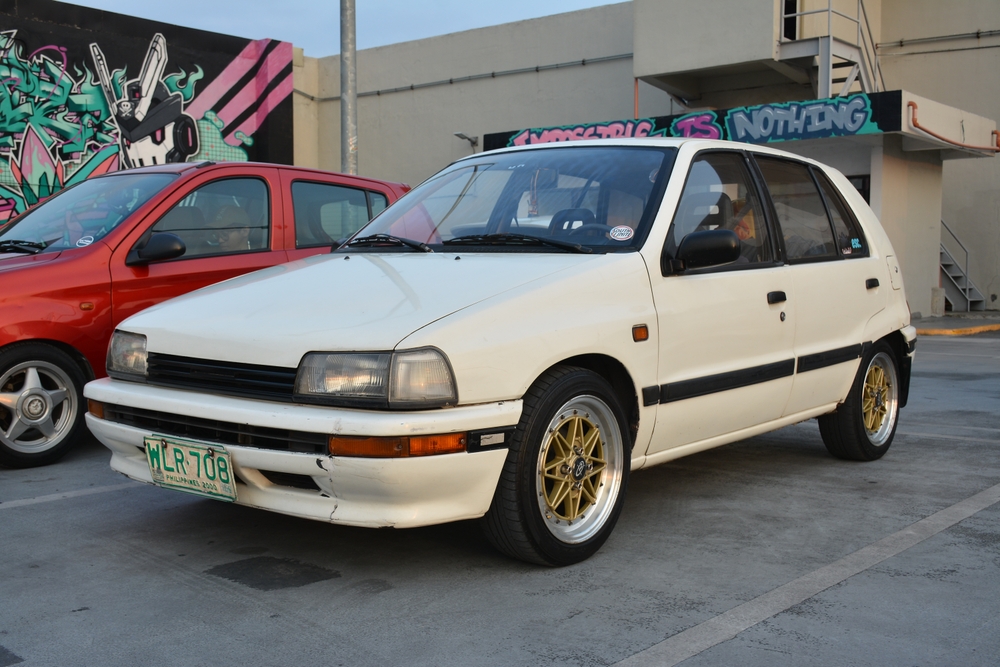
Though initially well-received in some markets due to its affordability, the Charade was soon criticized for its lack of power and perceived poor build quality, especially in competitive markets like the U.S.
Cadillac Cimarron
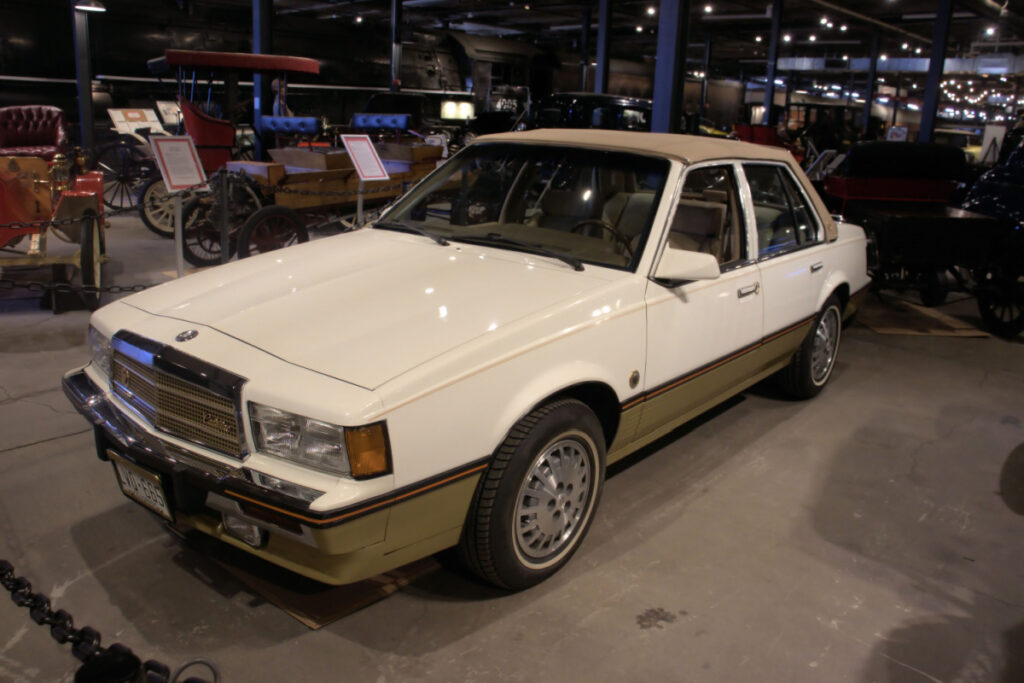
In the 1980s, Cadillac released the Cimarron to tap into the compact luxury market. It was, however, based on the Chevrolet Cavalier, and many felt it was simply a rebadged economy car. This damaged Cadillac’s luxury image for years.
Ford Edsel

Named after Henry Ford’s son, the Edsel was launched in 1958 with much fanfare. However, its unconventional design, coupled with mechanical issues and a recession, made it one of the most famous market flops.
Mercedes-Benz A-Class (W168)
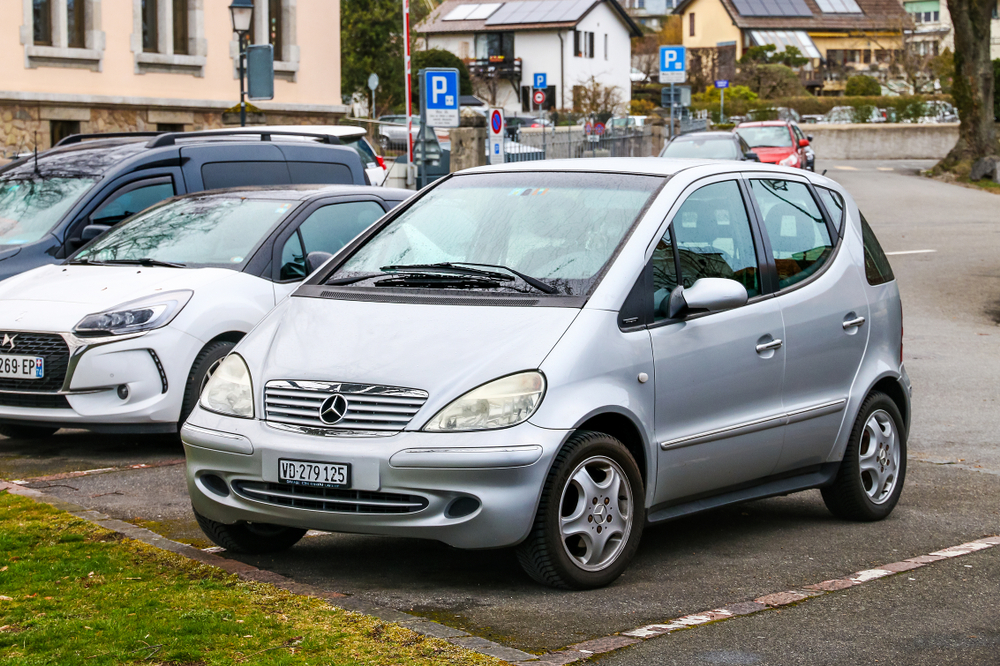
When it first appeared in 1997, it was a bold move for Mercedes into the compact car market. However, it failed the “elk test” conducted by a Swedish magazine, which involved sharp turning to avoid an obstacle, raising questions about its stability. Mercedes later corrected the issue, but the damage was done.
DeLorean DMC-12

Made famous in the “Back to the Future” films, the DeLorean was initially well-received for its gull-wing doors and stainless steel body. However, it was plagued by performance issues, high costs, and a scandal involving founder John DeLorean, leading to the company’s demise.
Pontiac Aztek
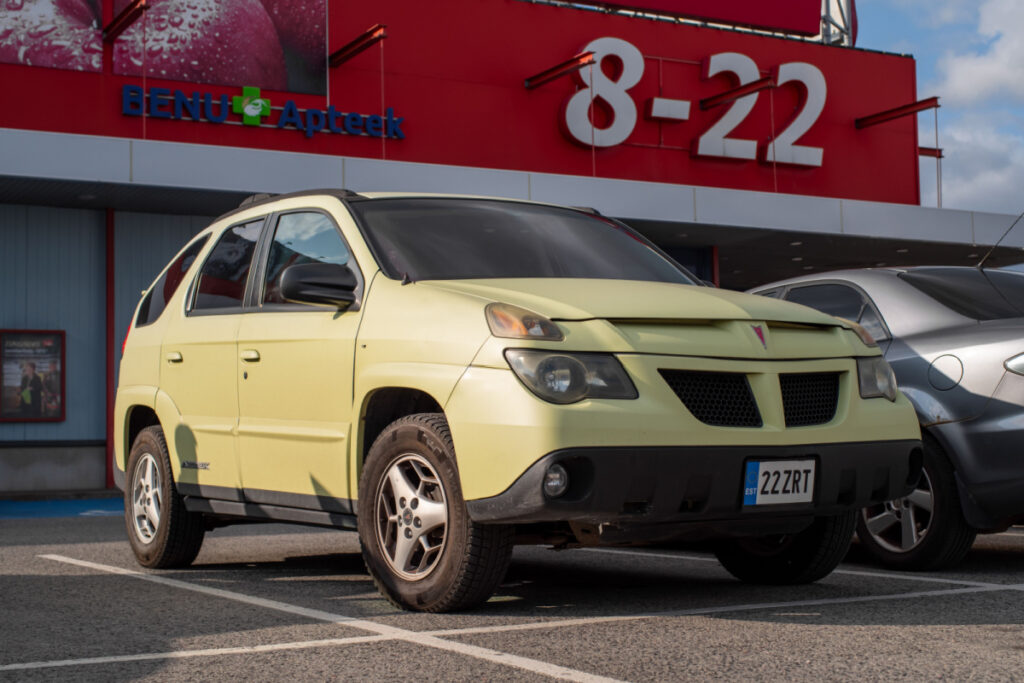
When it debuted, the Aztek was praised for its versatility and features. But the vehicle’s unusual, polarizing design quickly turned many potential buyers off, making it a commercial failure and often cited as one of the ugliest cars ever produced.
Yugo GV
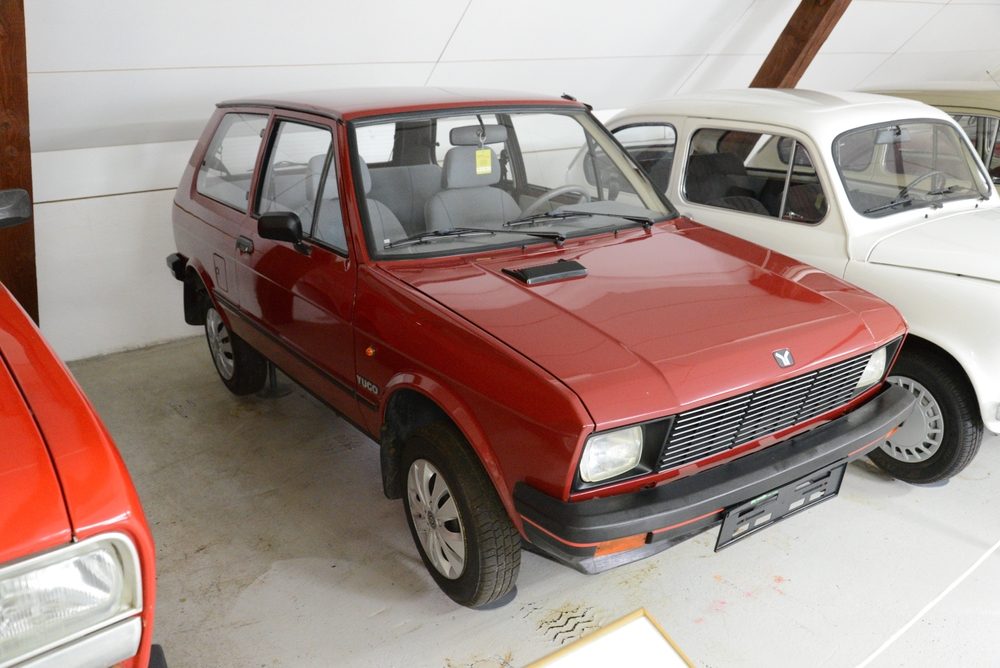
This Yugoslavian import became popular in the 1980s in the U.S. due to its extremely low price. However, the Yugo quickly became the butt of jokes due to its poor quality, unreliability, and lackluster performance.
Chevrolet Corvair
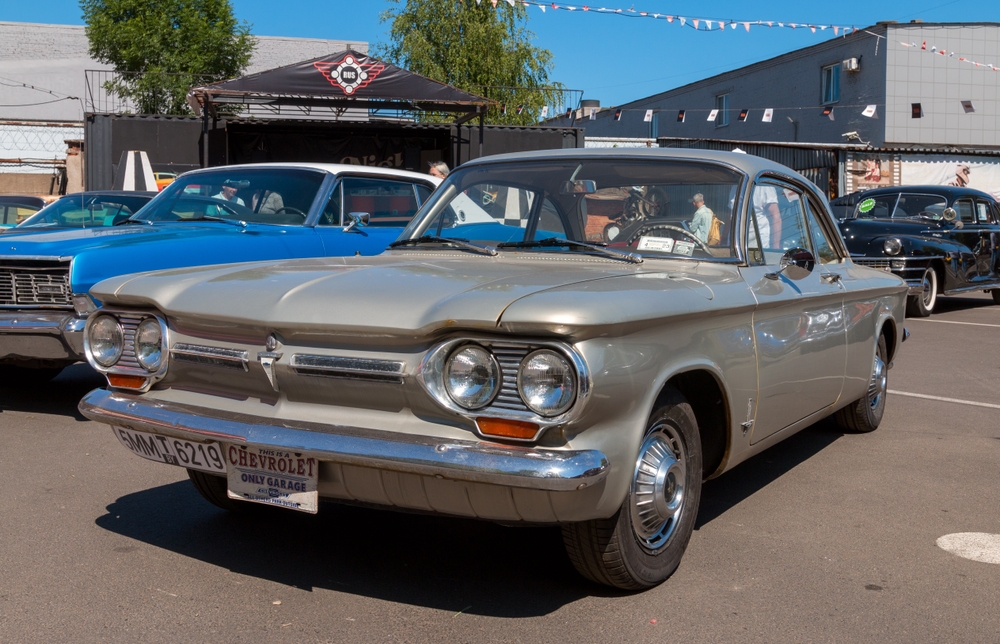
Launched in 1959, the Corvair was unique for its air-cooled rear engine. However, in 1965, Ralph Nader’s book “Unsafe at Any Speed” criticized the Corvair’s handling and stability, leading to a decline in sales. Subsequent models corrected many issues, but the damage to its reputation was irreversible.
Ford Pinto
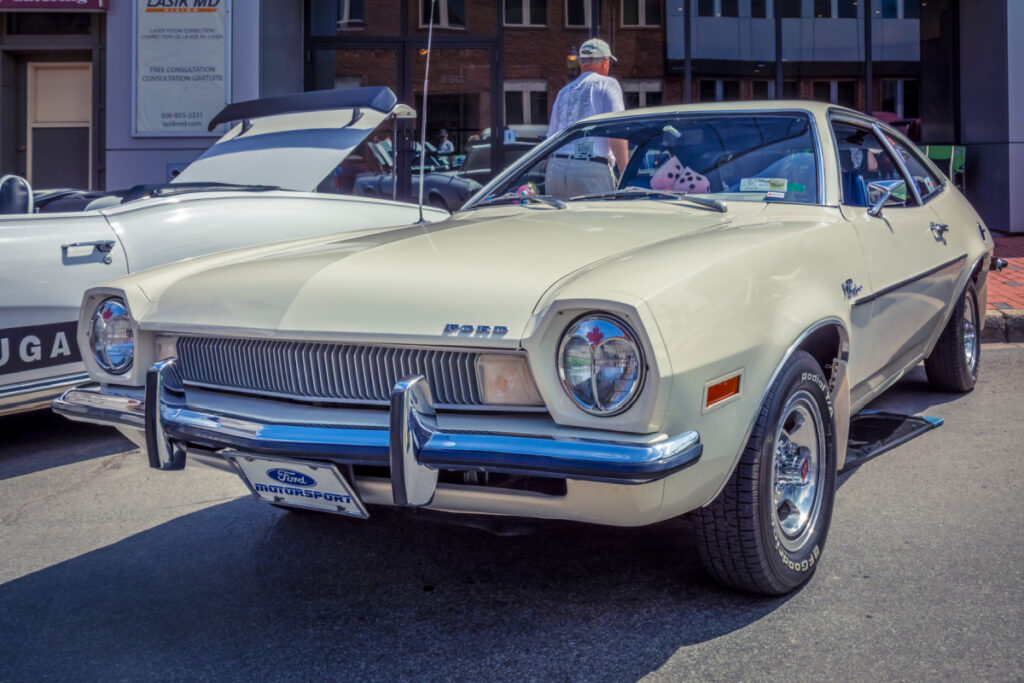
Released in the 1970s, the Pinto was initially popular due to its affordability and fuel efficiency. However, it became infamous for its design flaw where rear-end collisions could cause the fuel tank to rupture and catch fire. This, coupled with some high-profile accidents and a damaging court case, led to a sharp decline in its popularity.
This article originally appeared on MyCarMakesNoise.
More from MyCarMakesNoise
The 25 Worst-Selling Cars in American History

While many cars have become icons of innovation and style, like the Mustang, Corvette, and Model T, others have famously flopped. Read More.
The Top 10 Motorcycle Brands Around the Globe
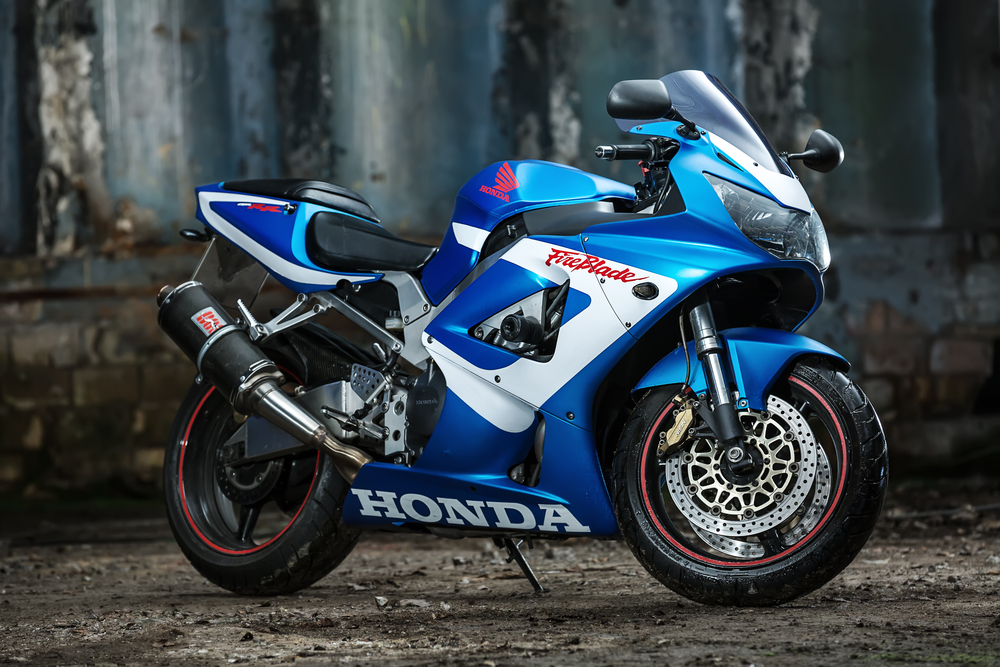
This article journeys through the legacy and lore of these iconic brands, exploring their genesis, evolution, and the indelible imprint they leave on the open road. Read More.
Celebrating America`s 11 Greatest Muscle Cars Ever Made
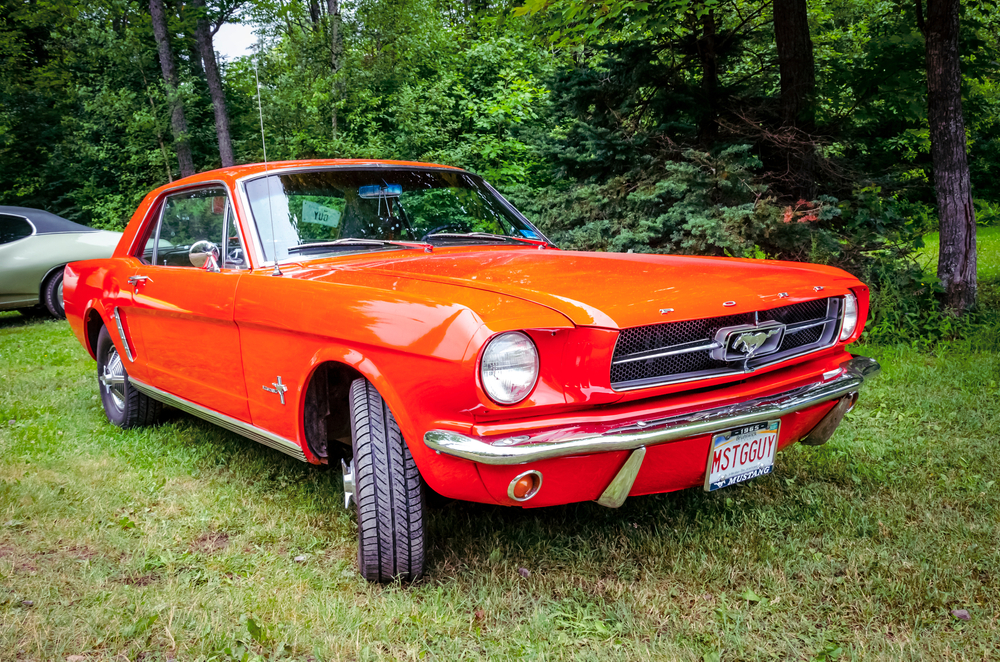
These legendary machines have left an indelible mark on automotive history, from their aggressive designs to thunderous engines. Read More.


